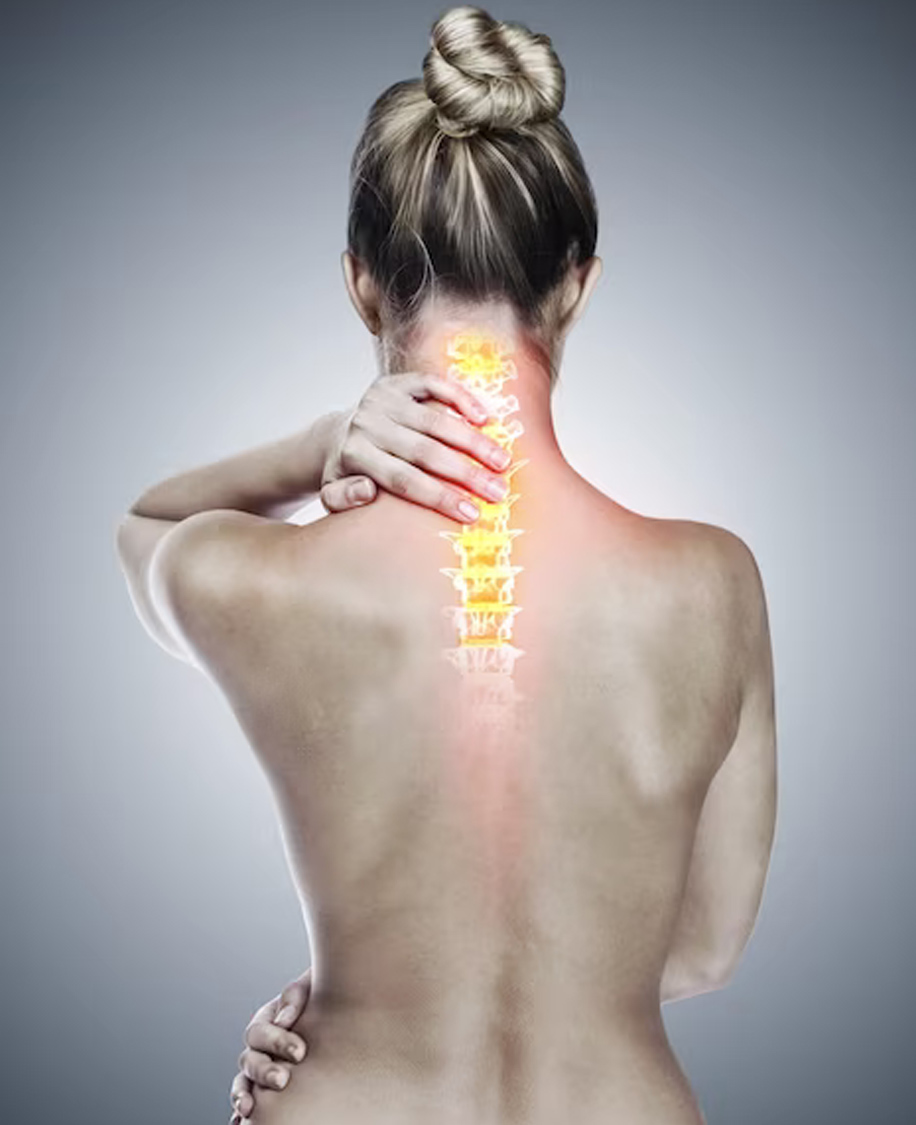Diseases | Care for Elderly | Cervical Spondylitis

Cervical Spondylitis is a common degenerative condition of the cervical (neck) spine that most likely is caused by age-related changes (wear and tear) in the intervertebral disc and vertebrae of the neck. Research has shown that CSM (cervical spondylotic myelopathy) is the most common cause of non-traumatic weakness in limbs and a persistent stiffness and nagging pain in the neck.
Most often in people above the age of 40, the intervertebral discs get progressively dehydrated and they become more compressible and less elastic. Mineral deposition starts occurring in the intervertebral disc resulting in secondary changes. Although majority of individuals over 40 years of age demonstrate significant radiological evidence of the above changes, only a small percentage develop symptoms of the same.
Causes for cervical spondylitis:
Cervical spondylitis results due to abnormal wear of the cartilage and bones of the neck (cervical vertebrae) with degeneration and mineral deposits in the cushions between the vertebrae (cervical disks). This is more common after the age of 40 years.
Risk factors:
1) Repeated occupational trauma e.g., carrying loads on head, professional dancing, gymnastics may contribute
2) Predisposition to development of cervical spondylitis has been reported in certain families; a genetic cause is possible
3) Smoking also may be a risk factor
4) Conditions like congenitally fused spine, cerebral palsy, Down syndrome etc. may be risk factors for spondylotic disease
5) Doing work that demands minute concentration, people who constantly work by bending their neck
6) Computer professionals, bike users
7) Travelers who travel a long distance and sleep in sitting position
8) Telephone operators or persons who often cradle the phone on the shoulder
9) Habit of holding neck in one position, drivers who keep the neck in the same position for a long time, watching TV in abnormal positions or when lying down
